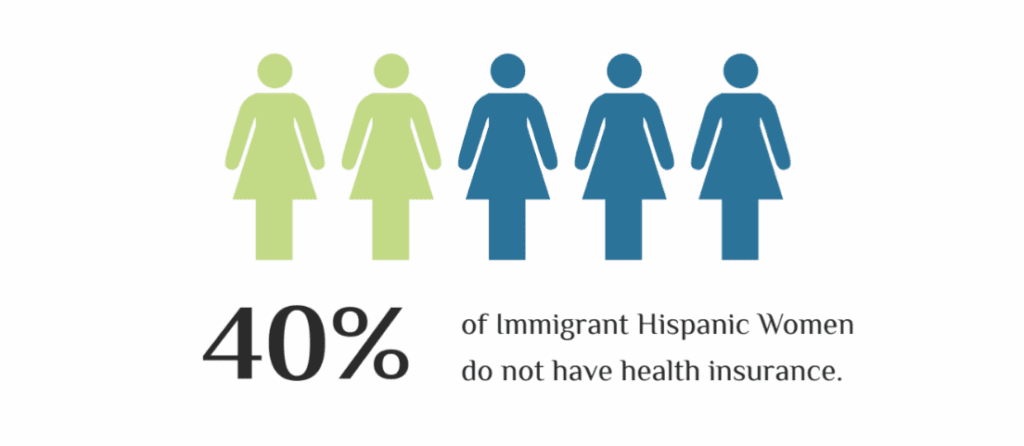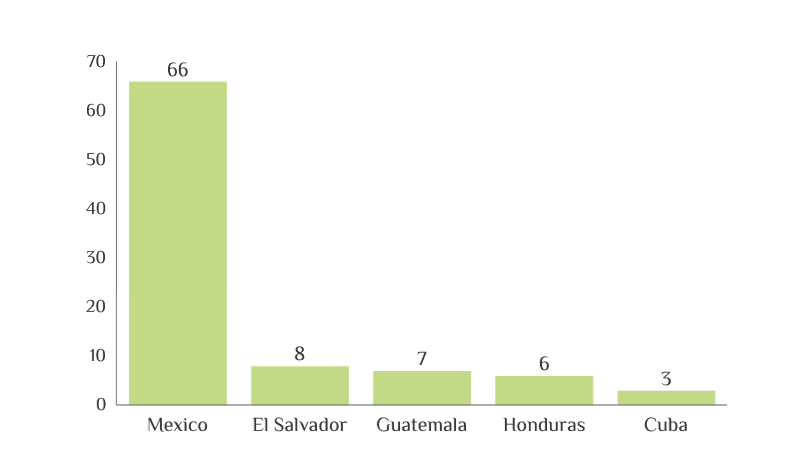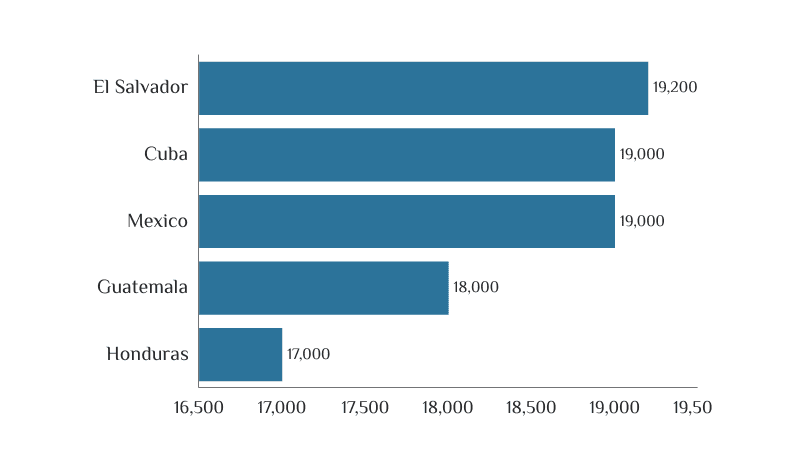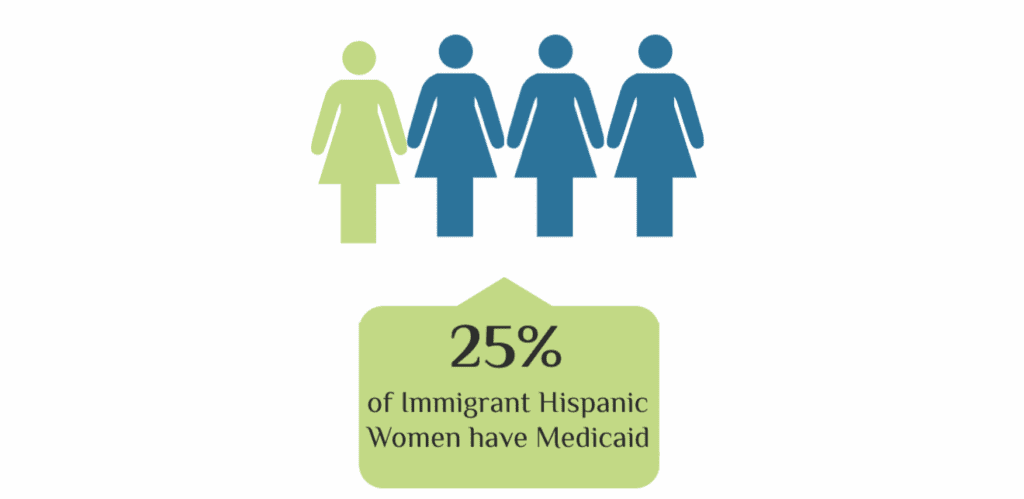
Khushi Basnyat
As we live through COVID-19, our health is the greatest asset we have. Recently, I was experiencing breathing issues and immediately went to get checked out. I was able to obtain the treatment needed before my symptoms worsened. My healthcare coverage allows me to get professional medical care to maintain my well-being and prevent serious illnesses. People without healthcare coverage delay seeking professional medical care until they have a severe condition, rather than taking preventive measures. They also pay higher out-of-pocket costs and cannot afford specialized health services, such as women’s reproductive and sexual health.
The Health Equity and Access under the Law (HEAL) for Immigrant Women and Families Act, introduced by U.S. Senator Cory Booker (D-NJ), increases access to affordable healthcare coverage for immigrants. The HEAL Act would provide access to Medicaid and the Children’s Health Insurance Program (CHIP) for documented immigrants. Undocumented immigrants (including DACA) could purchase, if eligible, subsidized health insurance plans from the Affordable Care Act’s marketplace. It also would restore Medicaid eligibility to immigrants from the Federated States of Micronesia, the Republic of the Marshall Islands, and the Republic of Palau.

All immigrants are at a higher risk for preventable diseases due to their immigration status, lower income, and limited access to low-cost or government-subsidized healthcare. Hispanic immigrants are especially at risk since they have higher poverty rates than other immigrants. In 2018, 5.75 million immigrant Hispanic women (IHW) comprised 26% of all immigrants and 53% of all immigrant women. Two out of every five IHW (40% or 2.35 million) in the U.S. did not have health insurance (Fig. 1). This was a higher rate than White, Black, Asian, and Multiracial immigrant women.

Of uninsured IHW, 66% were born in Mexico, 8% were born in El Salvador, 7% were born in Guatemala, 6% were born in Honduras, and 3% were born in Cuba (Fig. 2).

In 2018, IHW had the lowest median annual income, $19,000, of all immigrants ($35,000 median income for all immigrants). An analysis by the birthplace of IHW with no health insurance coverage finds that the median annual income for women from Honduras was $17,000. Guatemalan women had a median annual income of $18,000. Mexican and Cuban women had a median annual income of $19,000, and for El Salvadoran women, the median annual income was $19,200 (Fig. 3). Hence, IHW without health insurance coverage are low-income, which may result in the inability to afford health insurance. Private health insurance is about $12,000 per family annually, which would cost these women nearly two-thirds of their income.
</figure class=”wp-block-image size-large”> <style=”font-size:12px”>Source: Calculations by the Women’s Institute for Science, Equity and Race of 2018 American Community Survey
<style=”font-size:12px”>Source: Calculations by the Women’s Institute for Science, Equity and Race of 2018 American Community Survey
Medicaid is a health insurance program funded by both states and the federal government that provides free or low-priced services for low-income people. Twenty-five percent of IHW have insurance through Medicaid (Fig. 4). More IHW would be eligible for Medicaid if not for changes to welfare and immigration guidelines.
In 1996, the Personal Responsibility and Work Opportunity Reconciliation Act established a five-year waiting period for low-income documented immigrants before they could apply for Medicaid. A recent Trump administration change to the public charge determinations, outlined in the inadmissibility policies, penalizes immigrants who have utilized health, nutrition, and housing programs benefits, which historically have been excluded. It is estimated that millions of immigrants will drop Medicaid coverage, including pregnant immigrant women, out of fear of having their permanent residence application rejected.
COVID-19 has shown us that the health of every individual is crucial in protecting the public. The virus and other diseases do not discriminate by immigration status – they affect everyone. The Health Equity and Access under the Law (HEAL) for Immigrant Women and Families Act is the right step toward protecting the health of all immigrants. But it is vital for the well-being of one of the most vulnerable groups in the U.S. – immigrant Hispanic women.


